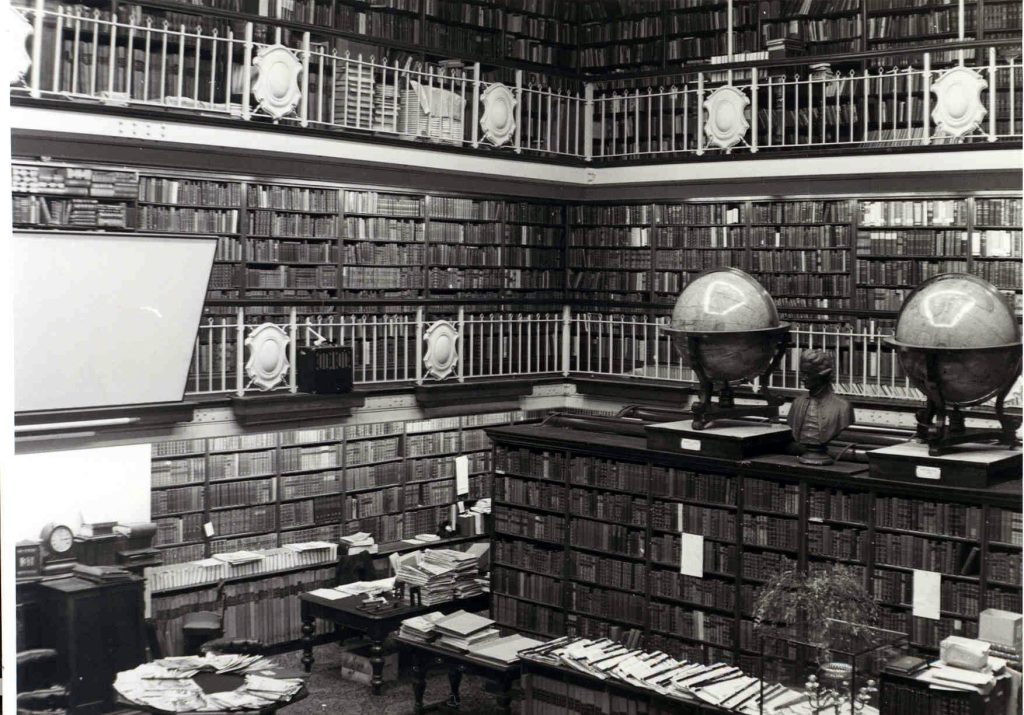One People, One Destiny
On 2nd March 1891, delegates from each of the colonial parliaments met in Sydney to celebrate the creation of the Nation.
The National Convention produced a draft constitution for the Commonwealth of Australia.
Under the draft constitution, the colonies would unite as separate states within the Commonwealth, with power shared between a federal Parliament and state parliaments. This would give Australia a federal system of government.
On 5th July 1900, the British Parliament passed the Commonwealth of Australia Constitution Act which was later signed by Queen Victoria on 9th July 1900.
During the Convention, Edmund Barton, who was to become Australia’s first Prime Minister, made famous the catchcry ‘a nation for a continent and a continent for a nation’.
Sir Henry Parkes, the Premier of New South Wales and President of the National Australasian Convention was credited as the driving force behind creating the Federation of Australia.









